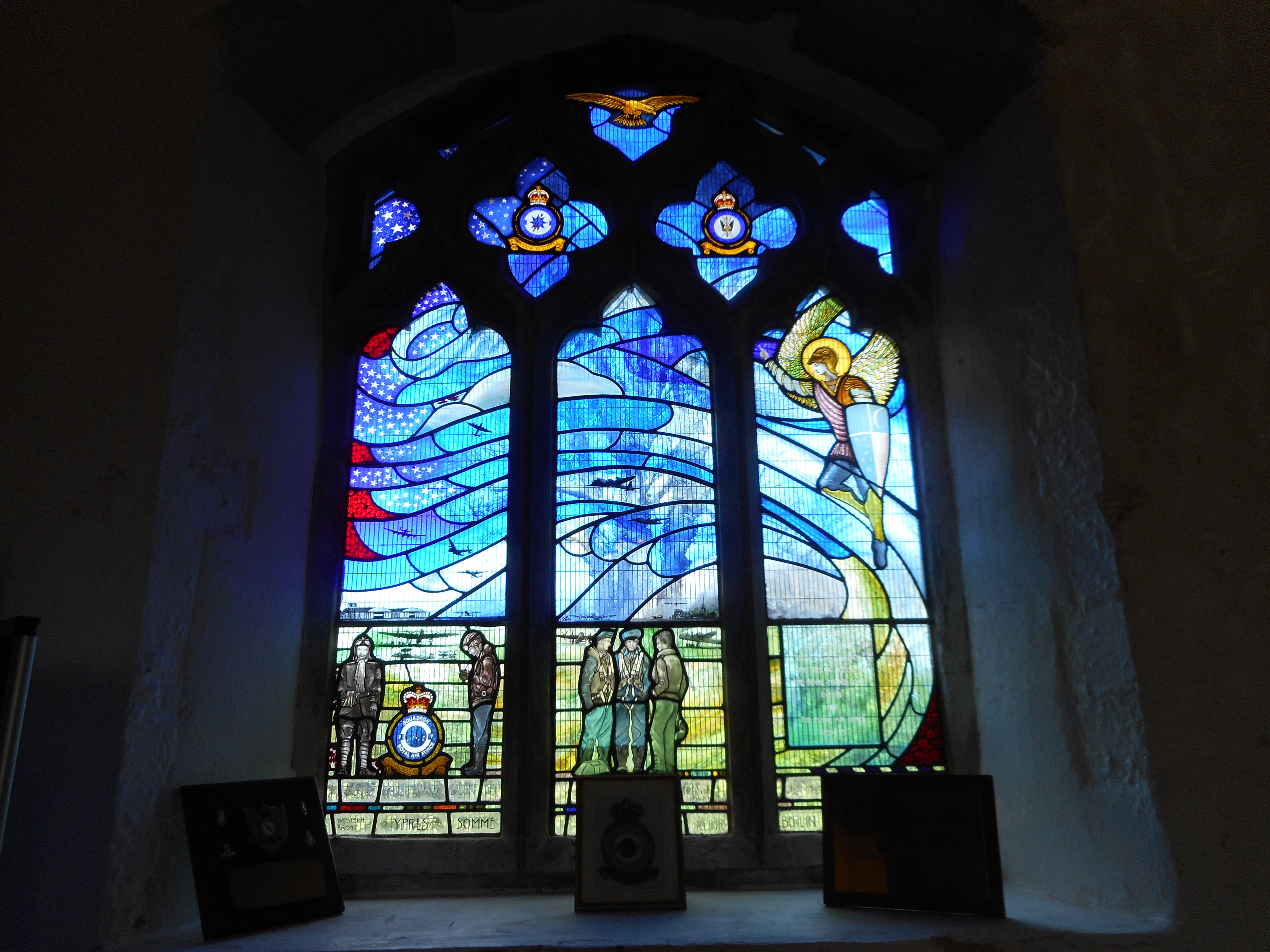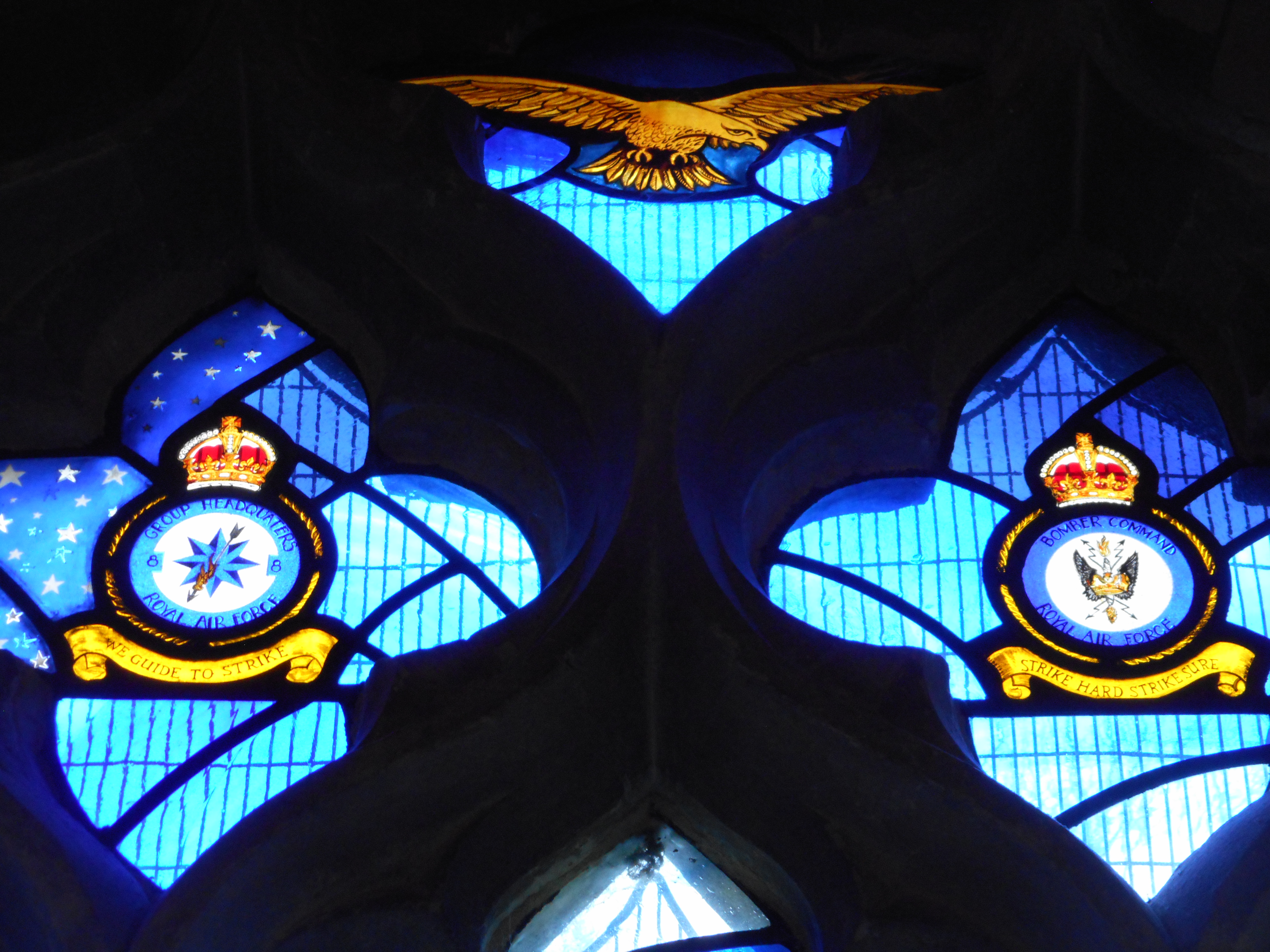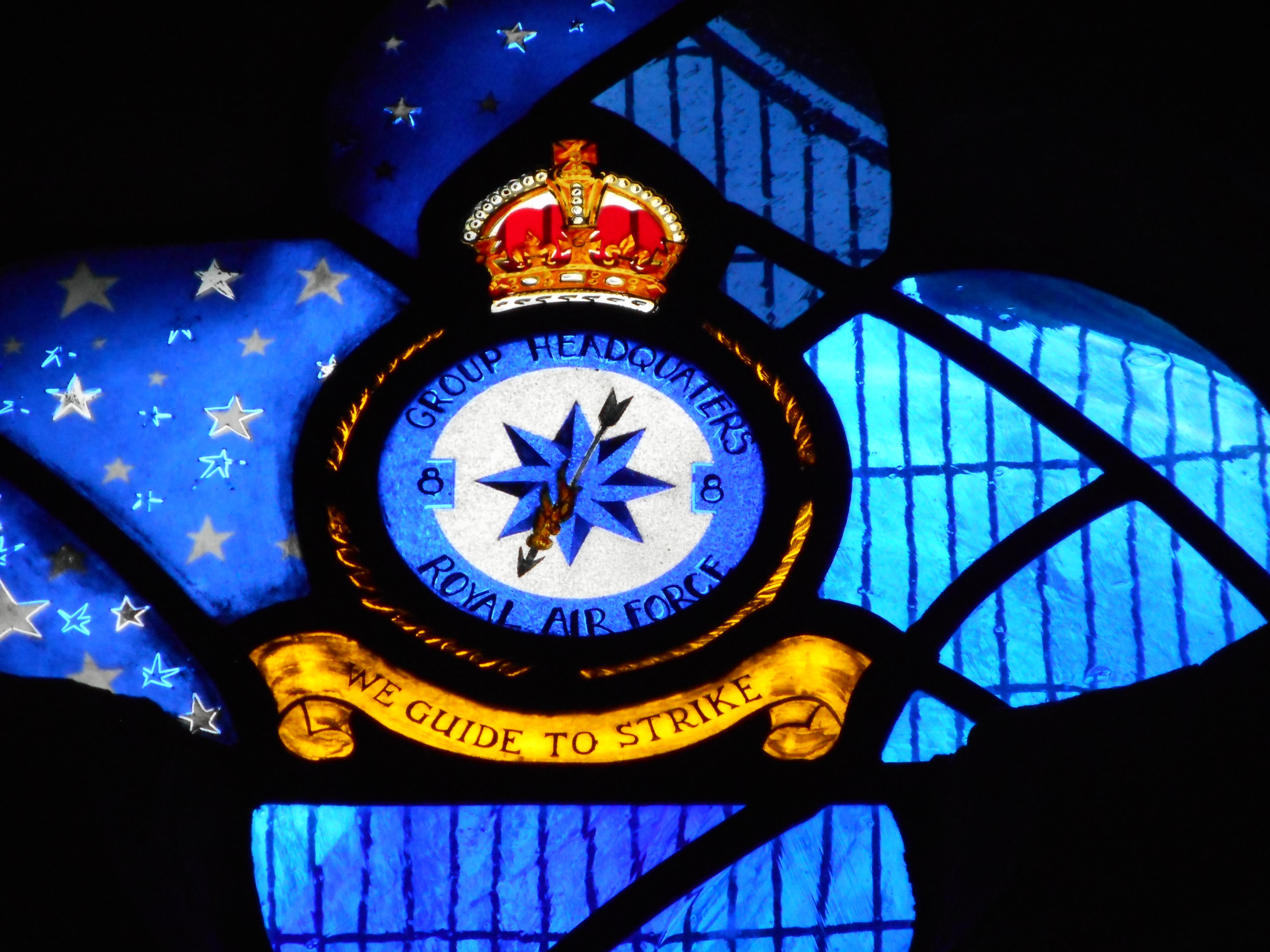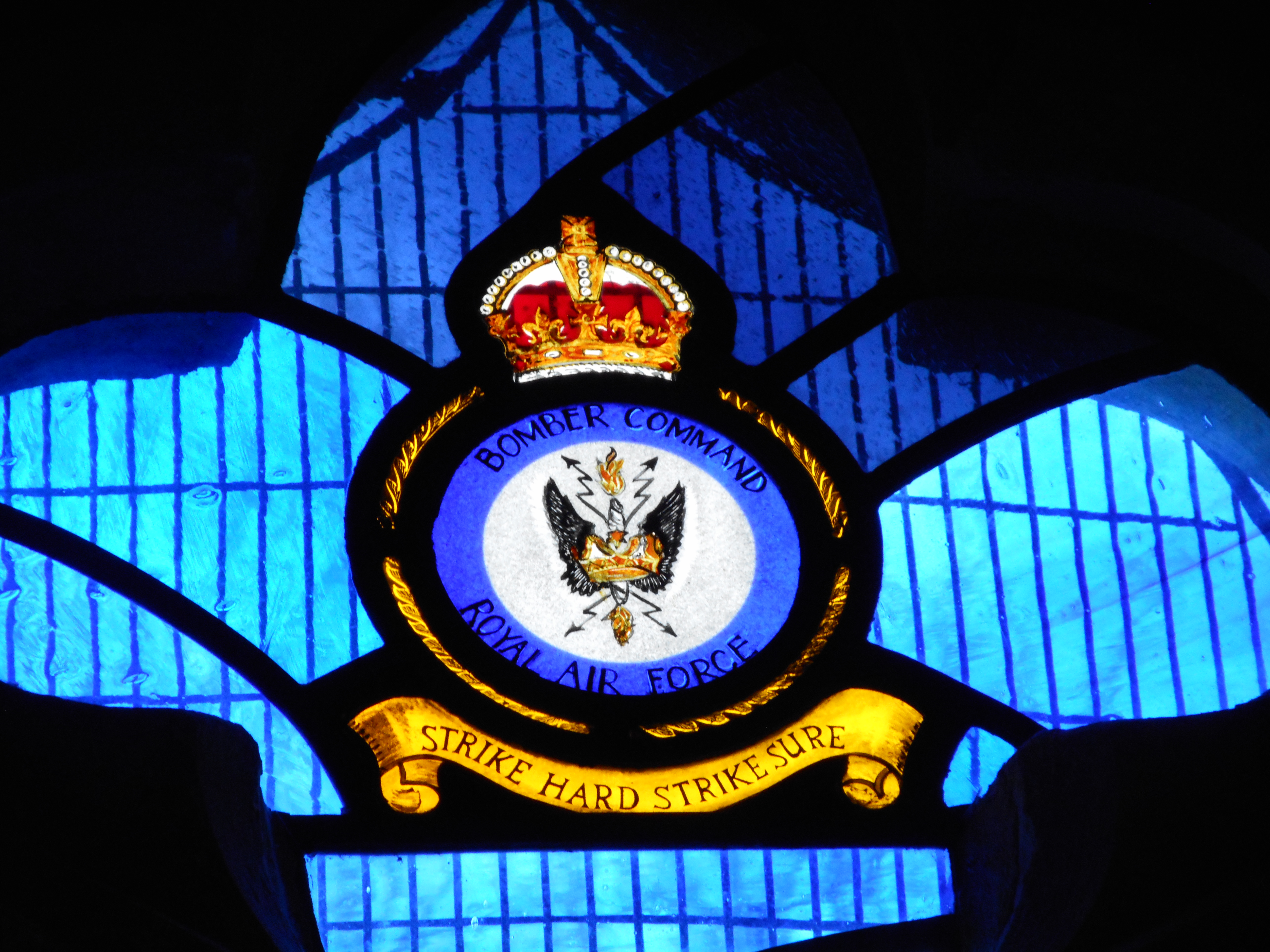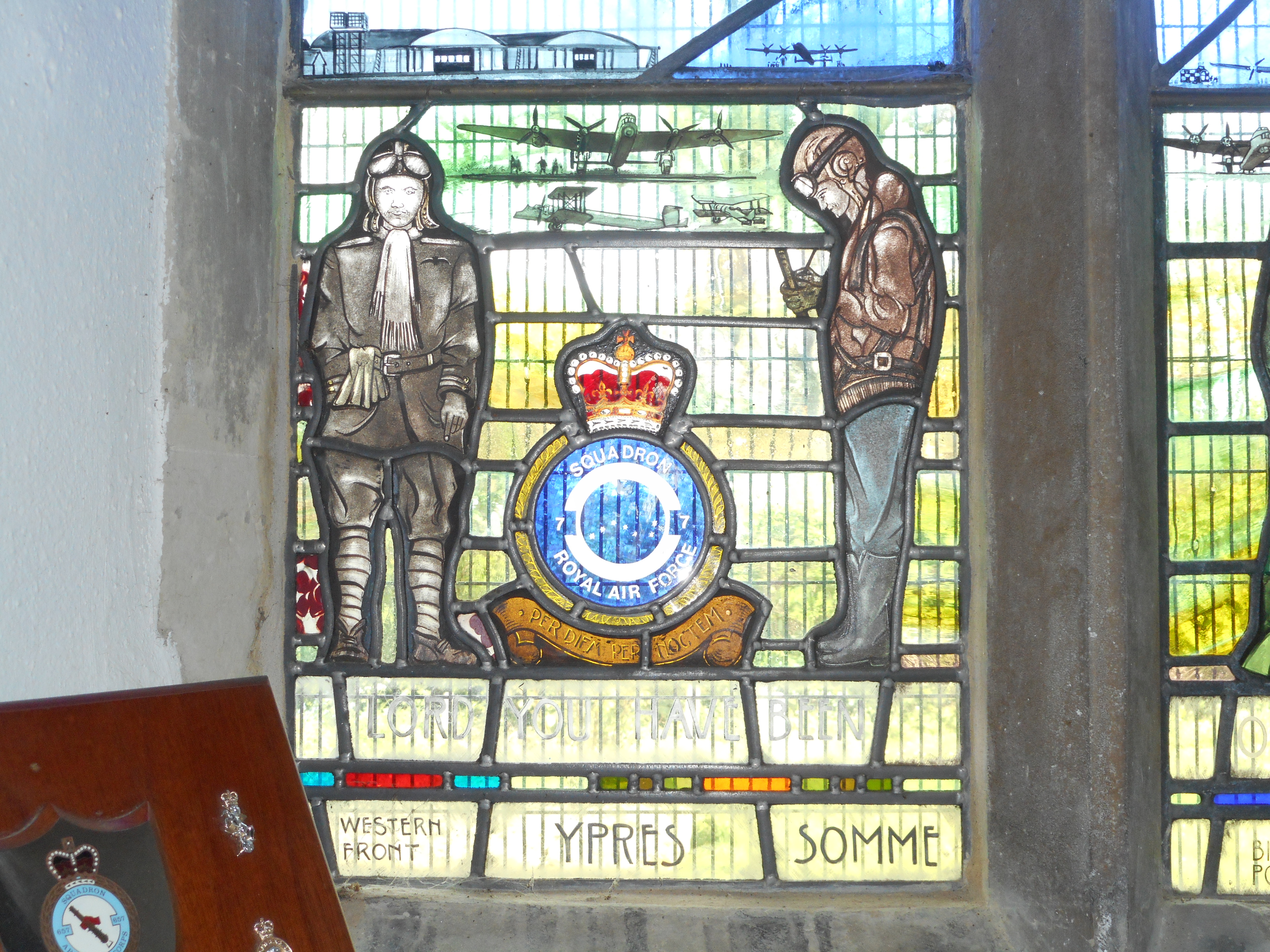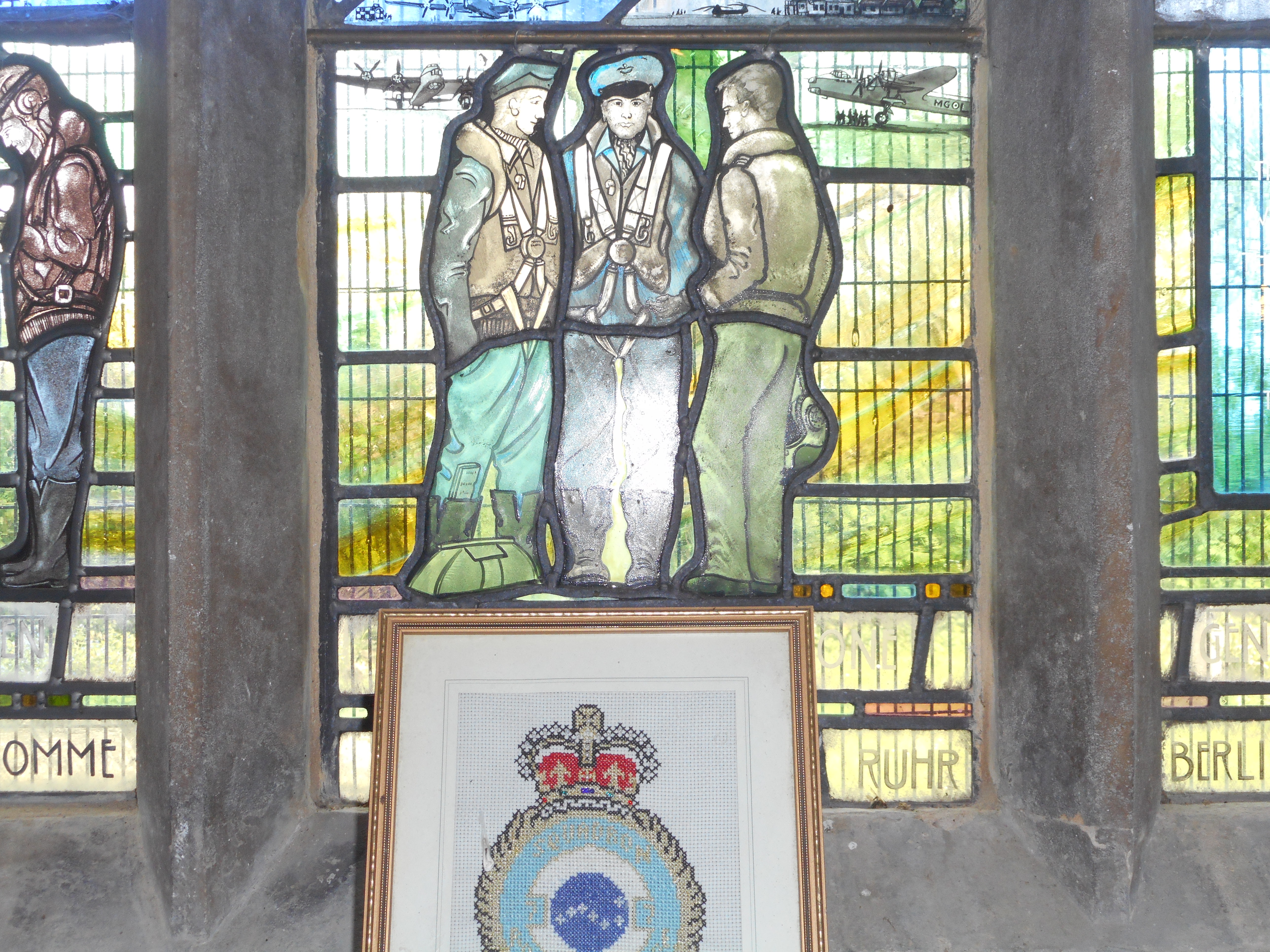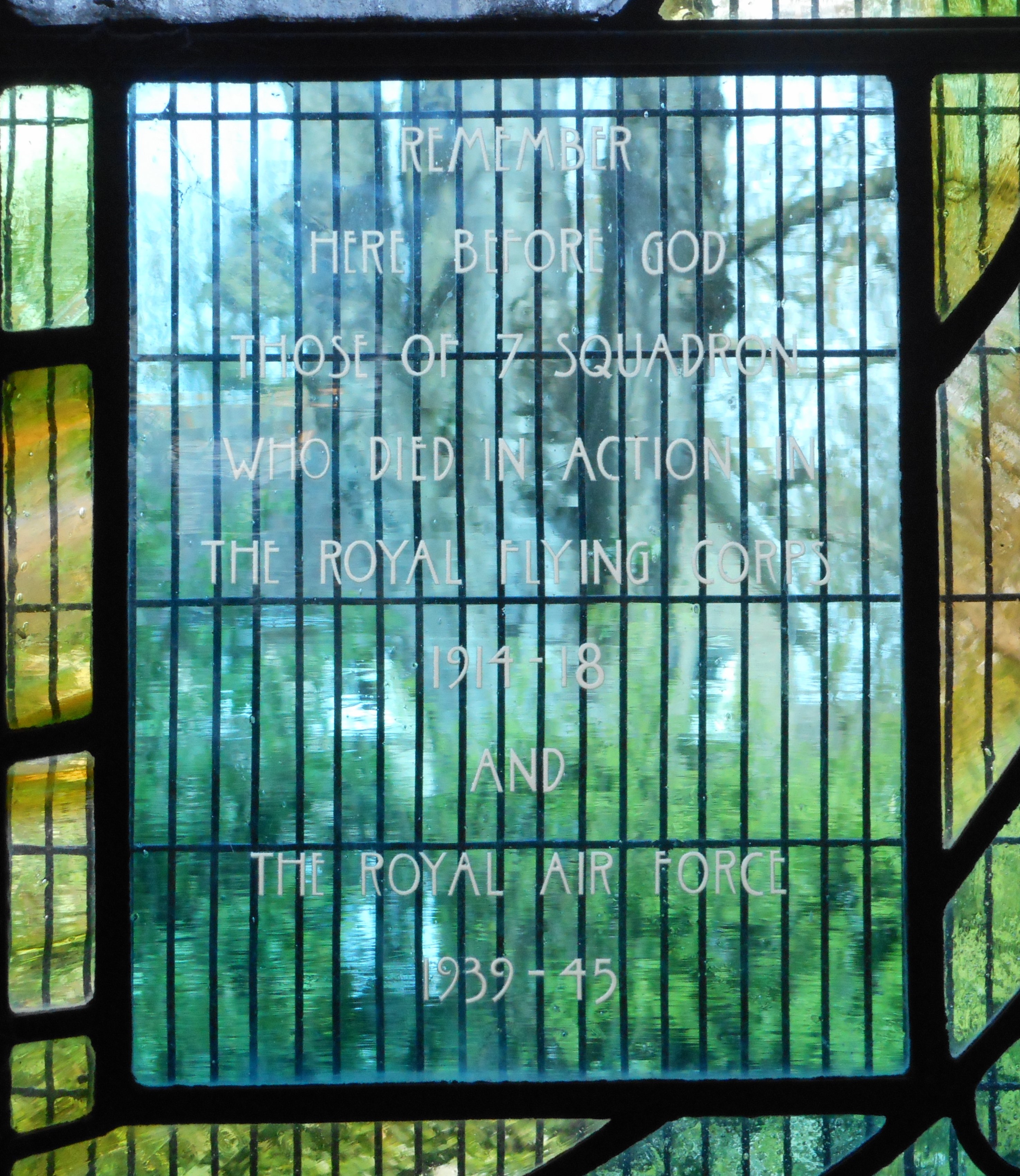Campling, Richard David
Personal Information
| Rank | S/L |
| Forename(s) | Richard David |
| Surname | Campling |
| Gender | M |
| Age | 26 |
| Decorations | DSO, DFC |
| Date of Death | 15-02-1944 |
Aircraft Information
| Aircraft | Avro Lancaster III |
| Serial Number | ND445 |
| Markings | MG-D |
Memorial Information
| Burial/Memorial Country | Germany |
| Burial/Memorial Place | Berlin 1939-1945 War Cemetery |
| Grave Reference | Coll. grave 9. L. 8-14. |
| Epitaph |
IBCC Memorial Information
| Phase | 2 |
| Panel Number | 141 |
Enlistment Information
| Service Number | 47364 |
| Service | Royal Air Force |
| Group | 8 |
| Squadron | 7 |
| Squadron Motto | Per diem per noctem (By day and by night) |
| Trade | Pilot |
| Country of Origin | United Kingdom |
Other Memorials
| Location | Hilton House Hotel, Hilton, Derbyshire |
| Country | United Kingdom |
| Memorial Type | Blue Plaque on external wall |
| Memorial Text | Air Commodore Herbert Martin Massey CBE DSO MC 1898-1976 Senior British Officer at Stalag Luft III Sagan who authorised 'The Great Escape' was born here. Hilton and Marston History Group |
| Location | All Saints Church, Longstanton, Cambridgeshire |
| Country | United Kingdom |
| Memorial Type | Stained Glass Window and Roll of Honour Book |
| Memorial Text | Remember here before God those of 7 Squadron who died in action in The Royal Flying Corps 1914-18 and The Royal Air Force 1939-45 |
Miscellaneous Information
| DSO Citation, London Gazette, 5 May 1944: "This officer has completed numerous sorties since being awarded the Distinguished Flying Cross, involving attacks on such targets as Berlin, Leipzig, Brunswick and Stettin. He is an outstanding pilot and captain whose gallant leadership and sterling qualities have been reflected in the fine fighting qualities of his crews. His successes pay an excellent tribute to his determination to bomb his targets with accuracy". |
| Halton 31st entry, January 1935 with NCO service number 567405. |
Commonwealth War Graves Commission
The National Archives
| Record of Events (Operational Record Book) AIR 27/101/4 |
| Summary of Events (Operational Record Book) AIR 27/101/3 |
Fellow Servicemen
Please note that this list gives all the losses aboard the quoted aircraft and occasionally these may have occurred on an earlier date when the aircraft was not itself lost. Please check the dates of death carefully.
Last Operation Information
| Start Date | 15-02-1944 |
| End Date | 16-02-1944 |
| Takeoff Station | Oakington |
| Day/Night Raid | Night (63% moon) |
| Operation | Berlin. 891 aircraft- the largest raid on Berlin and in fact the largest 'non-1000' raid of the war. The bomb tonnage dropped was also a record at 2642 tons. 43 aircraft losses (4.8%). The bomber stream was tracked by the German controllers as soon as it left the English coast but a swing to the north over Denmark for the approach was effective as it was out of the range of many fighters. The controller ordered that Berlin be kept free of fighters to allow the flak batteries the full range of altitudes but many ignored the order and attacked bombers over the target. Berlin was cloud covered but the bombing was reasonably concentrated, although some bombs fell on outlying towns and villages. Damage was extensive with over 1000 houses and 526 temporary accommodation barracks destroyed. Some of the most important war industries were hit and 320 people were killed. The relatively low death toll is a reflection of the fact that large-scale evacuations had taken place by now. |
| Reason for Loss | Crashed at Linde, Germany |




